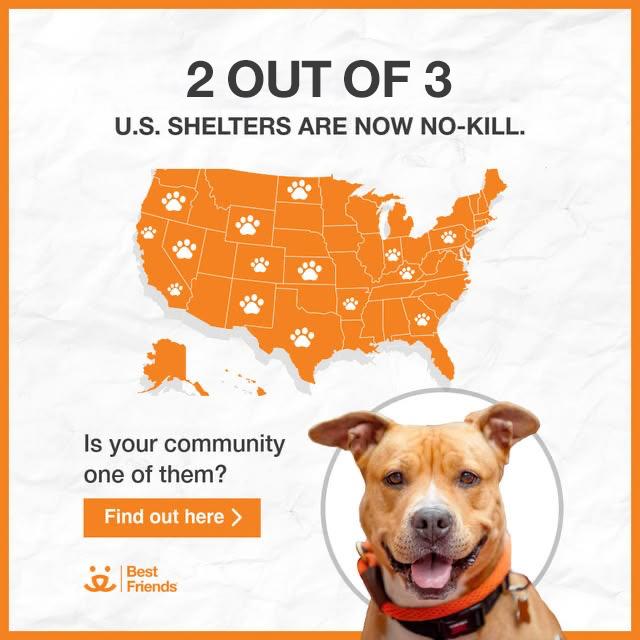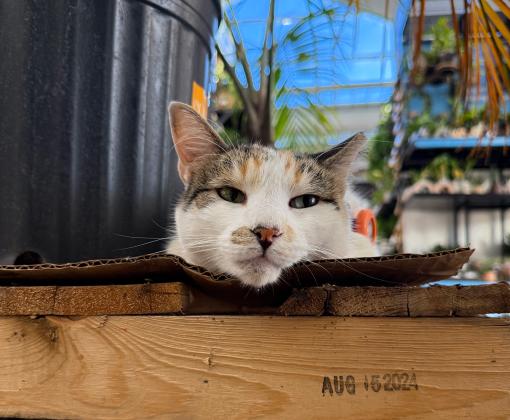
Dog Safety: Staying Safe Around Dogs
Most dogs are the happy family pets who add so much to our lives. However, there are situations that can frighten or upset even the nicest dogs. So to practice good dog safety, it's important to understand and monitor canine body language and respect what dogs are trying to tell you.
Some dogs don’t have a lot of life experience (e.g., they haven’t lived in a home before, haven’t interacted with children, haven’t met other animals), so certain situations can be stressful for them, resulting in concerning behavior. But we can take simple steps to reduce potentially dangerous behavior, including dog bites. Here are some ways to stay safe around dogs.
General dog safety tips
- Always ask permission before touching someone else's dog.
- If you encounter a friendly, wiggly dog in public, don’t assume this body language means the dog wants to be petted. Some dogs display body language that conflicts with what they are feeling. Moreover, be extra cautious if a dog goes still, becomes stiff, and/or is not wagging in a loose and friendly way.
- Dogs need to be able to move away if they are not comfortable, so don’t corner a dog. You might put them in a situation in which they display a concerning behavior or move to biting.
- When approached by a strange dog, stand quietly with your hands at your sides and avoid eye contact. If the dog is off-leash, don’t run. Most dogs will chase you, and even a friendly dog can become aroused and aggress in that situation. Move away slowly while looking around for the dog’s person. If needed, find a place where there’s a barrier between you and the dog.
- Do not approach dogs in cars or on chains or ropes. Dogs can be protective about their territory and might feel more vulnerable or defensive than usual. When dogs are tied up, they know they can't run away, so their only defense will be to fight.
- To avoid startling dogs, don't approach or touch them while they're sleeping, fixated on something, or with their puppies.
- Never get between dogs who are fighting, and keep your hands away from their heads.
- Leave dogs alone when they are eating, whether the dog is eating from a bowl or chewing a treat or any other high-value item. If you do need to approach, make sure you have a high-value treat you can toss to the side to get the dog away from the bowl or other item.
- Don't reach over or through fences or barriers to pet or touch a dog.
- Never tease, chase, or harass a dog.
- Don't enter a property containing a dog if you're not accompanied by the dog's person. Dogs can be protective of their family and territory and think it's their job to protect them.
Keeping kids safe around dogs
- Children should always be supervised around dogs, even the family dog. Supervising children around dogs not only protects the children from accidents, but it also protects the dog from harm by children who don't always know that touching animals in a certain way can hurt them or cause them to become mouthy.
- Don't leave babies unattended around dogs. Babies make sudden movements and loud noises that can startle dogs.
- If you're expecting a baby, start early to get your dog used to the changes a baby will make in your dog's and your lives.
- Don't allow children to attempt to remove anything (toys, food, or other objects) from your dog's mouth. Instead, find something of equal or greater value to offer your dog as a trade.
- Teach children about dog safety early and promote dog-safe practices.
- If you are considering bringing a new dog into your family, write down what your family is like and then consult your local shelter staff or do research to learn about what kind of dog would be best for you.
- Take your dog to a certified trainer who teaches appropriate behaviors in a humane, effective, and ethical way, and get your whole family involved with training. Make a game for the whole family of spotting and reinforcing desirable behavior in your dog.

See how your community is doing
Habits that promote safety around dogs
- Socialize your dog and make them a part of your family activities early on. Dogs also need to be socialized beyond your family and home; they need to be comfortable in the world.
- Avoid hitting your dog or using other forms of physical punishment because it can make the dog fearful, resentful, or aggressive.
- Provide lots of exercise for your dog through constructive play like fetch and/or frequent walks. Walks or hikes provide great exercise for you and your canine companion. Regular activity not only gets rid of excess energy but reduces frustration levels in your pet. Interactive play also increases the bond between you and your pet.
- Spay or neuter your dog. Spaying/neutering not only reduces the potential for aggressive behavior, but it also reduces the likelihood of costly medical conditions and the number of unwanted pets who end up in shelters.
- Make sure your dog has lots of human interaction every day. A happy dog is a good dog. As social animals, dogs thrive on social interaction and love to be a part of the family.
- Avoid tethering (chaining or tying up) your dog. Tethering removes a dog's ability to flee and makes them feel vulnerable. If your dog can't escape a perceived threat, the only option is to attack. If you are keeping your dog outside and you don’t have a fenced yard and need to keep them contained, consider using a tether on a movable line so they won’t be tethered to one spot.
- Never let your dog roam free. Letting your dog roam greatly increases their chance of injury or death from cars or attacks by people or other animals.
- Use caution when introducing your dog to new people, new dogs, or new situations. Your goal is to provide the dog with a succession of happy experiences, so their social skills will continually improve.
- If your dog's behavior changes (e.g., they become irritable), take them to your vet for a checkup. Behavior changes can sometimes be a symptom of a medical problem.
